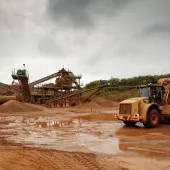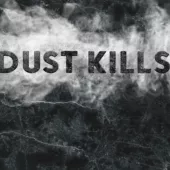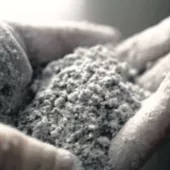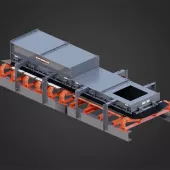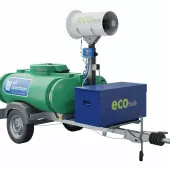On-site and Personal Dust Monitoring
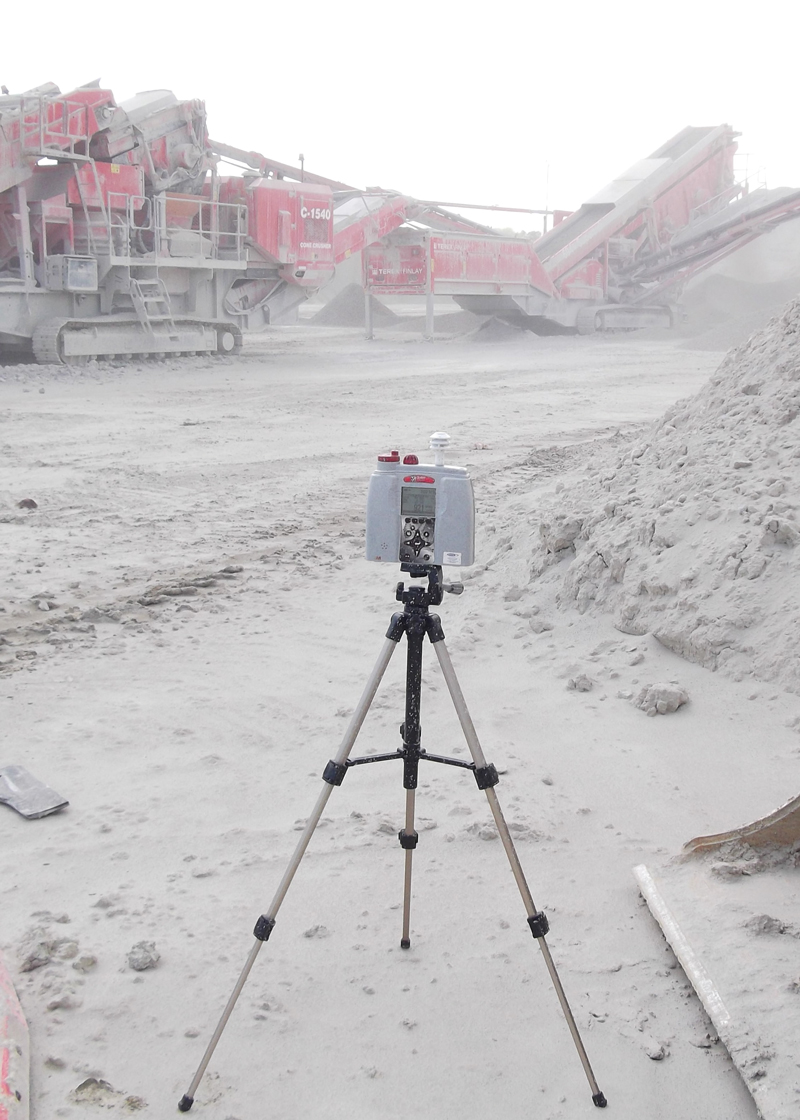
First published in the December 2015 issue of Quarry Management
Oliver Puddle and Geoffrey Walton from DustScan Ltd set out their approach to conducting on-site dust monitoring and related personal monitoring to check on Workplace Exposure Levels and critical RCS limits
Dust control at quarries and large construction sites is often based on quite subjective considerations of where such measures should be applied. There may also be little or no checking of the efficacy of different methods or the timing and levels of application of the various dust-control techniques. Dust-control methods commonly set out in Dust Management Plans for planning authorities may include a variety of techniques such as housing, covering, spraying, screening, road surfacing, speed restrictions or washing in critical locations. Experience of numerous operations shows that industry practice is variable and often the principal concern with dust is its external perception with, at times, limited attention to internal and often localized dust within the site. This is unfortunate since it overlooks an issue of considerable and growing concern, respirable crystalline silica (RCS) dust.
The importance of dust in general and RCS in particular is that of its risk to human health. Particulate matter (PM) with an aerodynamic diameter up to 100µm is commonly referred to as total suspended particulates (TSP) and usually classified as inhalable dust. PM with an aerodynamic diameter less than 10µm, commonly referred to as PM10, is regarded as thoracic dust. Respirable dust is generally accepted to be PM2.5. The approach used by the authors to assess the on-site conditions and the collection of potential RCS samples from the workplace is outlined together with the standards required and the reporting of the findings.
The Health and Safety Executive (HSE) is increasingly concerned with the growing incidence of silicosis among those who work in the construction and quarrying sectors. Silicosis is a long-term lung disease caused by prolonged exposure to, and inhalation of, PM2.5 dust containing crystalline silica. Exposure may lead to hardening and scarring of lung tissue, and further complications may arise to cause life-threatening conditions leading to incapacity or premature death. Like asbestosis, it has been known for many years and is associated with several specific industries and activities. Mine and quarry workers and those concerned with construction, demolition and recycling are at risk where crystalline silica is present. Activities such as excavation, crushing, screening, quarry materials handling, and abrasive blasting, sawing and cutting of stone etc are of particular concern, as indicated in the HSE guidance on the ‘Control of exposure to silica dust’. Specific geological materials and items manufactured or prepared from these materials, such as concrete, bricks, tiles and slates, aggregates, gravel and sands, and all of these, if recycled, can be potentially hazardous when concentrated exposure occurs in the workplace. Clearly, some geological materials have more silica than others; sandstones, gritstones and some igneous rocks (often high-PSV materials), sands and gravels tend to have higher crystalline silica contents than other naturally occurring materials. Quarries with little or no indigenous naturally occurring silica can, however, have silica imported if recycling and processing of silica-bearing materials occurs.
Workplace conditions and standards are defined in the COSHH Regulations where workplace exposure levels (WELs) are given as 8h time-weighted averages (TWA). Table 1 sets out the relevant exceedance levels.
Methodology
In undertaking a survey of critical dust and RCS levels it is appropriate to follow a consistent series of steps and procedures:
- When planning the survey it is prudent to check long-term weather forecasts to ensure that the monitoring takes place when it is dry. Critical conditions will not be determined during rainfall.
- Much can be seen by an informed inspection of the site using an up-to-date survey plan and noting the key dust-generating sites. Typically, these will be excavations, crushing and screening plants, stockpiling areas, material-transfer points, roadways and load-out areas. Background PM10 and TSP measurements can then be taken at these locations using a suitable real-time particle sampler to select those areas where workplace exposure might be elevated (see fig. 1). Measurements are averaged for each location over 20- or 30-minute periods, so findings are indicative rather than definitive, and PM10 findings can be compared with local and national air-quality objectives for the site.
- Having noted the areas and locations of particular interest it is necessary to identify who among the workforce are most likely to be working in those areas. For general guidance, separate staff should be selected who work in each of the identified locations; this may require careful planning as multiple tasks are the often the norm and exposure levels often vary though the working day. Some of the workforce may be in enclosed cabs in those places, but dust can accumulate when entering or leaving cabs, opening windows or as a result of leaks or system failure. The cleaning of cabs can also cause additional problems if it further disturbs dust – dry cleaning is not an option. Guidance is also given in HSG173 ‘Monitoring strategies for toxic substances’.
- The identified staff are then asked to wear and fitted with personal samplers in accordance with guidance in MDHS14/4 ‘General methods for sampling and gravimetric analysis of respirable, thoracic and inhalable aerosols’. For RCS investigations a sampler suited to the respirable size fraction PM2.5 is used. A range of suitable battery-operated samplers is available; it is important that these are correctly fitted with the inlet placed in an unobstructed position in the breathing zone of the wearer (ie not more than 300mm from the nose and mouth). The equipment is worn for a designated time of not less than 4h. If employees are unavailable or not working in the relevant area, or as an additional check, this equipment can be used in a passive mode, installed at fixed locations on a pole or tripod for the same period.
- Sampling pumps are set to maintain the required flow for the sampling head. PVC filter papers are pre- and post-conditioned for 72h prior to being weighed in a controlled laboratory environment. TWA results are calculated using the run time of the sampler, the set flow rate and the net dust mass.
Assessment
The findings of a personal monitoring investigation at a quarry that checked on the exposure of five employees are set out in Table 2. The computed 8h TWA PM2.5 concentrations were all below the limit for respirable dust (4mg m-3), but if it is assumed that all the dust comprised RCS, then two of the samples would have exceeded the threshold of 0.1mg m-3 and two were close. These four samples were, therefore, sent for RCS analysis by X-ray diffraction (XRD).
This subsequent analysis (see Table 3) reported that the mass of RCS on three of the filters was below the laboratory detection limit of 10µg (0.01mg). The filter paper from Operator C contained a measurable quantity of RCS, however as shown, the 8h TWA RCS concentration was 10% of the WEL. Consequently, the inspection showed that the RCS levels were within the COSSH limits in the machine cabs where the operators were working.
As described, sampling is straightforward and can usually be completed in a day given sufficient initial assistance that might include a preliminary site visit. It is essential, however, that the quarry management brief staff who may be involved in the personal monitoring; it is not unusual for a degree of scepticism among some employees. Preliminary toolbox talks often help and there are seldom strong objections, especially when the symptoms of silicosis are understood.
For more information visit: www.dustscan.co.uk
- Subscribe to Quarry Management, the monthly journal for the mineral products industry, to read articles before they appear on Agg-Net.com

